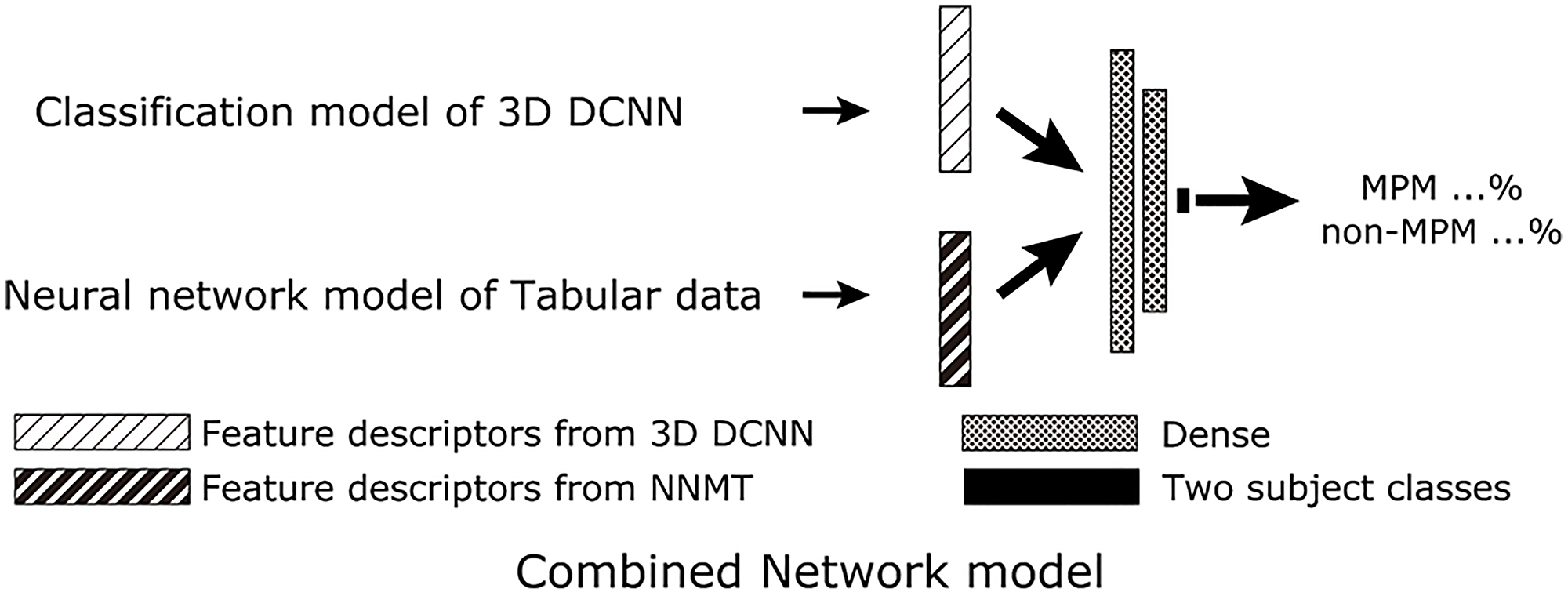Oncotarget published "Deep learning with deep convolutional neural network using FDG-PET/CT for malignant pleural mesothelioma diagnosis" which reported that this study analyzed an artificial intelligence deep learning method with a three-dimensional deep convolutional neural network in regard to diagnostic accuracy to differentiate malignant pleural mesothelioma from benign pleural disease using FDG-PET/CT results.
For protocol A, the area under the ROC curve /sensitivity/specificity/accuracy values were 0.825/77.9% /76.4% /77.3% , while those for protocol B were 0.854/80.8% /77.8% /79.5% , for protocol C were 0.881/85.6% /75.0% /81.3%, and for protocol D were 0.896/88.5% /73.6% /82.4% .
Protocol D showed significantly better diagnostic performance as compared to A, B, and C in ROC analysis.
There were 525 patients in the deep learning training set, 174 in the validation set, and 176 in the test set. Using AI with PET/CT alone, human visual reading, a quantitative method that incorporated maximum standardized uptake value, and a combination of PET/CT, SUVmax, gender, and age, obtained data were subjected to ROC curve analyses.
Deep learning with 3D DCNN in combination with FDG-PET/CT imaging results as well as clinical features comprising a novel potential tool shows flexibility for differential diagnosis of MPM.
Deep learning with 3D DCNN in combination with FDG-PET/CT imaging results as well as clinical features comprising a novel potential tool shows flexibility for differential diagnosis of MPM.
Dr. Kazuhiro Kitajima from The Hyogo College of Medicine said, "Malignant pleural mesothelioma (MPM) is a type of cancer induced by asbestos, though difficult to diagnose."
While cytologic evaluations of results obtained in pleural fluid and needle aspiration pleural biopsy tests show poor sensitivity for MPM diagnosis, improved diagnostic accuracy with use of image-guided core needle biopsy procedures has been reported.
In a meta-analysis of 407 patients with MPM and 232 with benign pleural conditions, FDG-PET/CT findings were used for differentiation of MPM from benign pleural disease, with pooled sensitivity and specificity found to be 81% and 74%, respectively, and an area under the receiver operating characteristic curve value of 0.838.
Neural networks are based on brain structure and function, and can be utilized for deep machine learning. Mimicking of the visual cortex in mammals can be done when processing data by use of an artificial neural network that contains hidden layers as well as a convolution layer, in which several types of filters are used to process images, and has been shown to be effective for image pattern recognition.
While conventional machine learning algorithms require features extracted from images prior to learning, deep learning in contrast can extract meaningful features from images, and then compute inferences and decisions in an autonomous manner.

Figure 5: Scheme for proposed AI with combined PET/CT imaging, SUVmax, gender, and age (protocol D). For the combined network model, feature descriptors just before the final output layer of the classification model of 3D DCNN and the neural network model of tabular data were combined to create the final two class classifications of MPM and non-MPM. Abbreviations: DCNN: deep convolutional neural network; MPM: malignant pleural mesothelioma; NNMT: neural network model of tabular data.
In addition, the authors investigated the diagnostic performance of a deep learning method based on 3D DCNN for discrimination of MPM from benign pleural disease using FDG-PET/CT imaging.
The Kitajima Research Team concluded in their Oncotarget Research Output that the present study has several limitations.
The retrospective design and use of cases treated at a single institution may limit generalization of the findings, while statistical errors may also be inevitable.
Furthermore, during the period of the study, a variety of scanners were used, and the reconstruction algorithm and acquisition parameters differed.
Finally, while various methods have been proposed to determine regions with the greatest impact for AI decision making, the present findings indicate that localization was not precise and the hints provided were not always correct.
For collaboration between AI and clinician findings, additional methods should be considered and then validated with a larger dataset.
DOI - https://doi.org/10.18632/oncotarget.27979
Full text - https://www.oncotarget.com/article/27979/text/
Correspondence to - Kazuhiro Kitajima - [email protected]
Keywords - mesothelioma, artificial intelligence, deep learning, FDG (fluorodeoxyglucose), PET-CT (positron emission tomography-computed tomography)
About Oncotarget
Oncotarget is a bi-weekly, peer-reviewed, open access biomedical journal covering research on all aspects of oncology.
To learn more about Oncotarget, please visit https://www.oncotarget.com or connect with:
SoundCloud - https://soundcloud.com/oncotarget
Facebook - https://www.facebook.com/Oncotarget/
Twitter - https://twitter.com/oncotarget
LinkedIn - https://www.linkedin.com/company/oncotarget
Pinterest - https://www.pinterest.com/oncotarget/
Reddit - https://www.reddit.com/user/Oncotarget/
Oncotarget is published by Impact Journals, LLC please visit https://www.ImpactJournals.com or connect with @ImpactJrnls
Media Contact
[email protected]
18009220957x105




